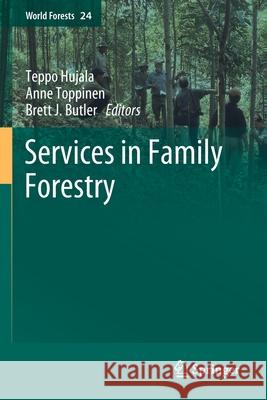Services in Family Forestry » książka
topmenu
Services in Family Forestry
ISBN-13: 9783030290016 / Angielski / Miękka / 2020 / 359 str.
Services in Family Forestry
ISBN-13: 9783030290016 / Angielski / Miękka / 2020 / 359 str.
cena 464,01
(netto: 441,91 VAT: 5%)
Najniższa cena z 30 dni: 443,35
(netto: 441,91 VAT: 5%)
Najniższa cena z 30 dni: 443,35
Termin realizacji zamówienia:
ok. 22 dni roboczych
Bez gwarancji dostawy przed świętami
ok. 22 dni roboczych
Bez gwarancji dostawy przed świętami
Darmowa dostawa!
Kategorie:
Kategorie BISAC:
Wydawca:
Springer
Seria wydawnicza:
Język:
Angielski
ISBN-13:
9783030290016
Rok wydania:
2020
Wydanie:
2019
Numer serii:
000125623
Ilość stron:
359
Waga:
0.52 kg
Wymiary:
23.39 x 15.6 x 1.96
Oprawa:
Miękka
Wolumenów:
01
Dodatkowe informacje:
Wydanie ilustrowane











